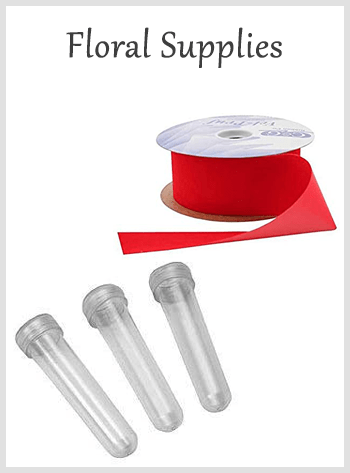Pruning is an essential aspect of caring for carnations that can promote healthy growth, encourage prolific blooming, and maintain an attractive appearance. Whether you’re growing carnations in your garden or in containers, knowing how and when to prune them is key to their success. In this beginner’s guide, we’ll cover everything you need to know about pruning carnations.
Understanding the Basics of Pruning
Pruning involves the selective removal of unwanted or overgrown parts of the plant, such as stems, leaves, or flowers. The primary goals of pruning Flowers carnations are to:
- Promote Growth: Pruning stimulates new growth by removing old or damaged foliage and encouraging branching.
- Encourage Blooming: Removing spent flowers and trimming back stems can promote the development of new flower buds, leading to a longer blooming period.
- Maintain Shape: Regular pruning helps to maintain the desired size and shape of the carnation plant, preventing it from becoming leggy or overcrowded.
When to Prune Carnations
The timing of pruning depends on the specific needs of the carnation variety and the growing conditions. However, some general guidelines can help you determine when to prune your carnations:
- Spring Pruning: Perform a light pruning in early spring to remove any dead or damaged growth and encourage new growth as the weather warms up.
- Deadheading: Remove spent flowers promptly throughout the growing season to prevent seed formation and encourage continuous blooming.
- Summer Pruning: Trim back leggy or overgrown stems in mid to late summer to promote bushier growth and maintain the overall shape of the plant.
- Fall Cleanup: Perform a final pruning in the fall to remove any remaining spent flowers and tidy up the plant before the onset of winter.
How to Prune Carnations
Follow these step-by-step instructions to prune your carnations effectively:
1. Gather Your Tools
Before you begin pruning, gather the necessary tools, including sharp scissors or pruning shears. Make sure your tools are clean and sharp to prevent damage to the plant.
2. Identify the Areas to Prune
Inspect the carnation plant carefully and identify any dead, diseased, or overgrown stems, leaves, or flowers that need to be pruned.
3. Remove Dead or Diseased Growth
Using your scissors or pruning shears, carefully remove any dead or diseased stems, leaves, or flowers by cutting them back to healthy growth points.
4. Deadhead Spent Flowers
Pinch or snip off spent flowers just above a set of healthy leaves or flower buds to encourage the development of new blooms.
5. Trim Back Overgrown Stems
To promote bushier growth and maintain the desired shape of the plant, trim back any excessively long or leggy stems to a point where healthy growth is present.
6. Dispose of Pruned Material
Collect and dispose of the pruned material properly to prevent the spread of diseases or pests. Compost healthy plant material or discard it in the green waste bin.
7. Monitor and Maintain
Regularly monitor your carnations for any signs of new growth, disease, or pest infestations, and continue to prune as needed throughout the growing season to keep the plants healthy and attractive.
Conclusion
Pruning carnations is a simple yet important task that can help promote healthy growth, encourage prolific blooming, and maintain an attractive appearance. By understanding the basics of pruning and following these beginner-friendly tips, you can ensure that your carnations thrive and flourish year after year. With a little care and attention, your carnation plants will reward you with beautiful blooms and lush foliage for seasons to come. Happy pruning!
